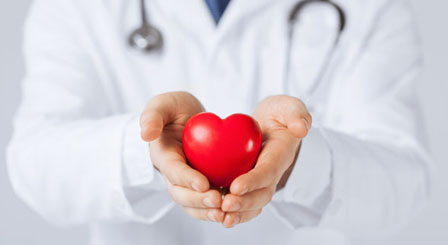Cardiology

Cardiology - branch of medicine
Al Jameel Medical Center competently evaluates, treats, and helps you manage diseases and conditions of the heart and blood vessels. We also specialize in helping patients lead a healthier lifestyle free from cardiovascular disorders.
We have some of todays most technologically advanced interventional and non-invasive procedures including:
- Non-invasive cardiac imaging.
- Echocardiography (ECG).
- Cardiovascular magnetic resonance imaging (MRI).
- Stress Test and Resting ECG.

How Does Smoking Cause Heart Disease?

The nicotine in smoke:
- Reduces how much oxygen your.
- Raises your blood.
- Speeds up your heart.
- Makes blood clots more likely, which attacks or strokes
- Harms the insides of your blood those in your heart.
Atherosclerosis is a disease in which a waxy substance called plaque builds up in the arteries. Over time, plaque hardens and narrows your arteries. This limits the flow of oxygen-rich blood to your organs and other parts of your body.




